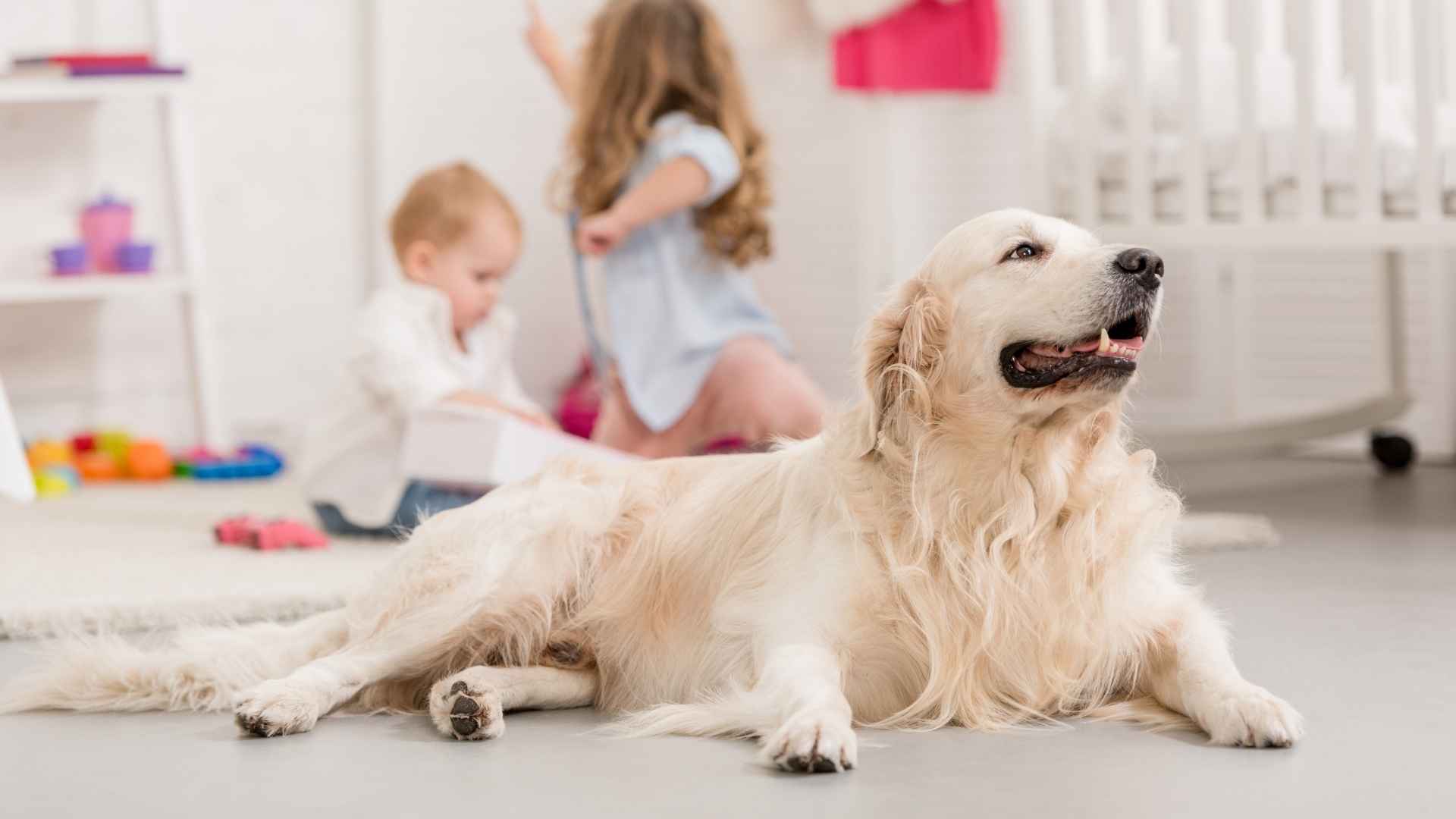Parents want the best for their children, and that includes the family dog. Yet finding a breed that can match the energy of playtime while remaining calm and protective can be a challenge.
Some dogs are too excitable, others too aloof. But there are breeds that naturally balance gentleness with attentiveness, creating a safe space for children to grow and explore.
These dogs not only tolerate the unpredictability of young ones, but they also adapt to it, often anticipating needs before an adult even notices. They stand guard during outdoor games, offer comfort during tears, and remain steady through all of childhood’s ups and downs.
In this article, we will share the breeds that consistently demonstrate these qualities, giving families the peace of mind that their children have a trusted four-legged guardian by their side.
Dog Breeds That Know How To Care For Children
1. Golden Retriever
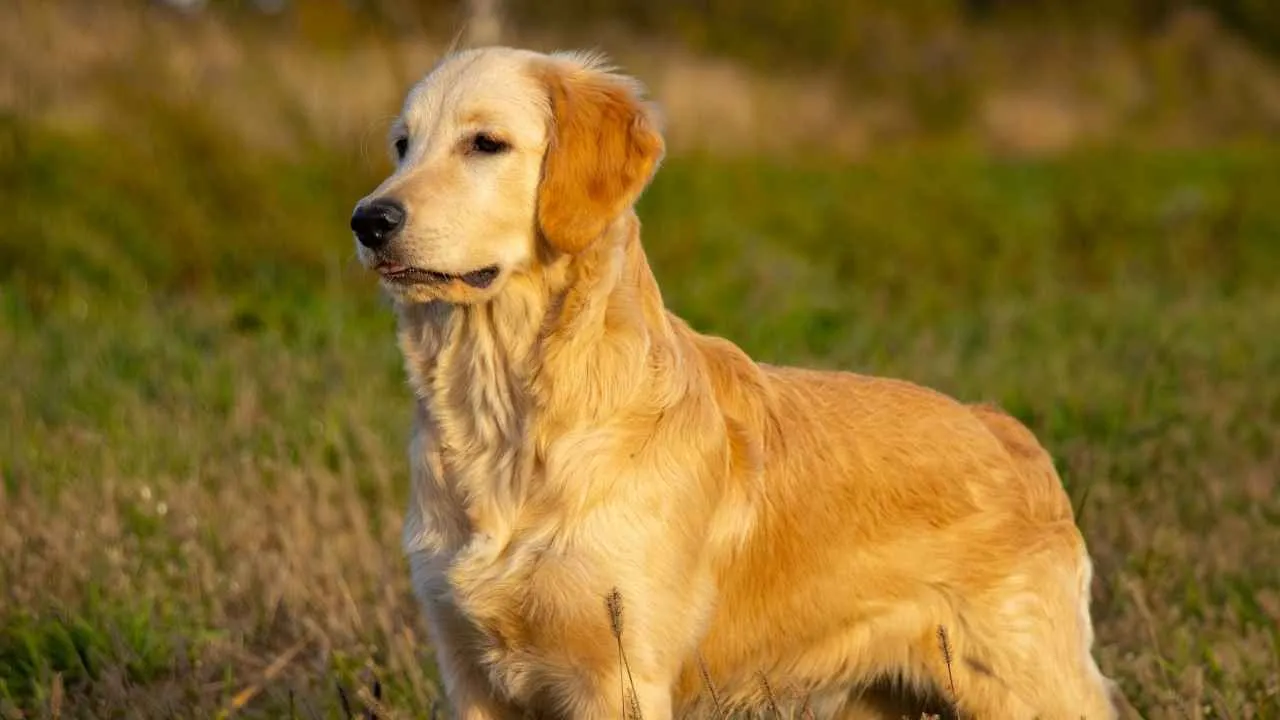
Golden Retrievers have an intuitive grasp of body language, adjusting their behavior when around younger children. They often slow their movements and lower their posture during play. This instinctive adjustment is one reason they are preferred in homes with toddlers.
Emotional Sensitivity
They pick up on changes in tone and mood, often responding by sitting close or offering contact when a child is upset. This emotional radar helps children feel understood and safe without needing verbal cues. Such bonding is key in forming early emotional trust.

Safe and Reliable Play Style
Retrievers prefer controlled play — carrying toys gently, waiting for direction, and avoiding sudden lunges. This makes their interactions easy to manage in indoor spaces or yards. Their patience adds to why they’re seen as a reliable family dog around all age groups.
Obedience That Builds Trust
Their ability to remember and follow commands helps parents reinforce boundaries in shared spaces. They’re known to respond to voice prompts with little repetition, even during distractions. This trainability contributes to their place among the best dog breeds for households with children.
2. Labrador Retriever
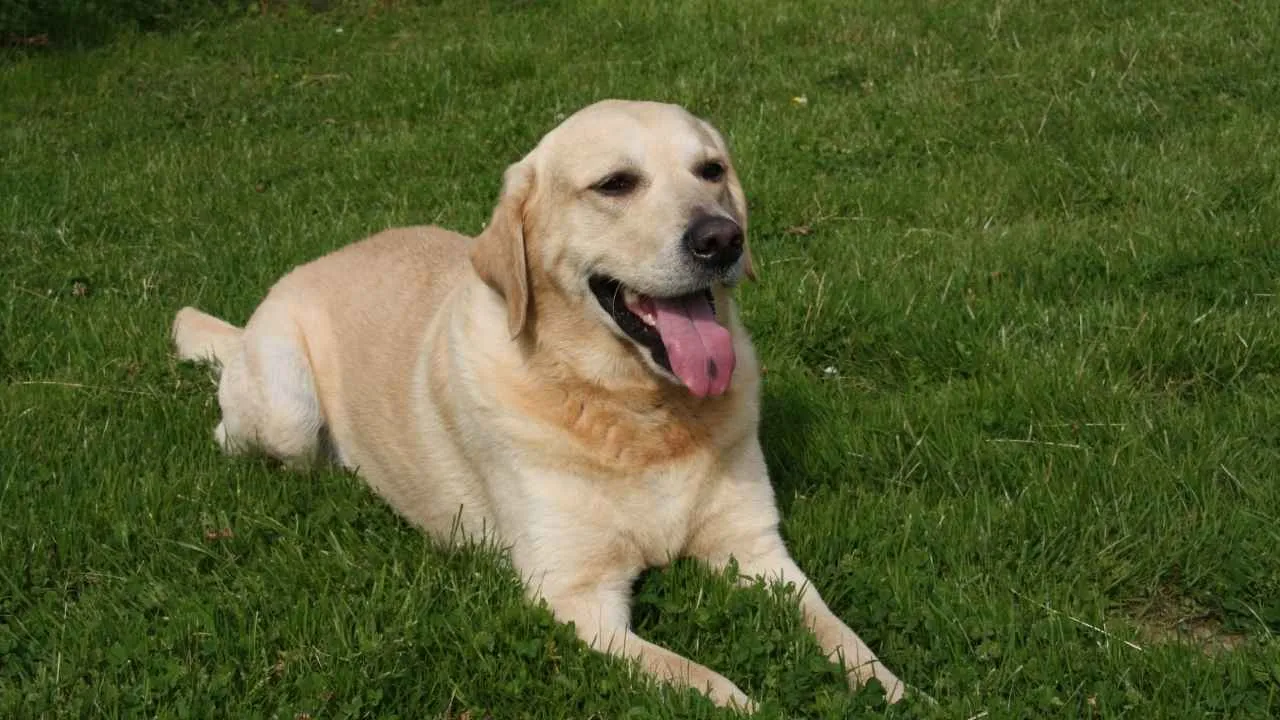
Labrador Retrievers often display consistent behavior around children, maintaining a steady energy that avoids overwhelming them. Their predictability becomes useful in busy homes where structure helps kids feel secure. Sudden changes in a child’s tone or pace rarely cause the dog to misread intent.
Physical Awareness
Labs tend to be physically aware of their surroundings, adjusting movement in narrow indoor spaces or when playing outdoors. Their muscular yet balanced frame helps them remain steady even when toddlers lean or pull. It’s this composure that helps prevent accidental knocks during interaction.
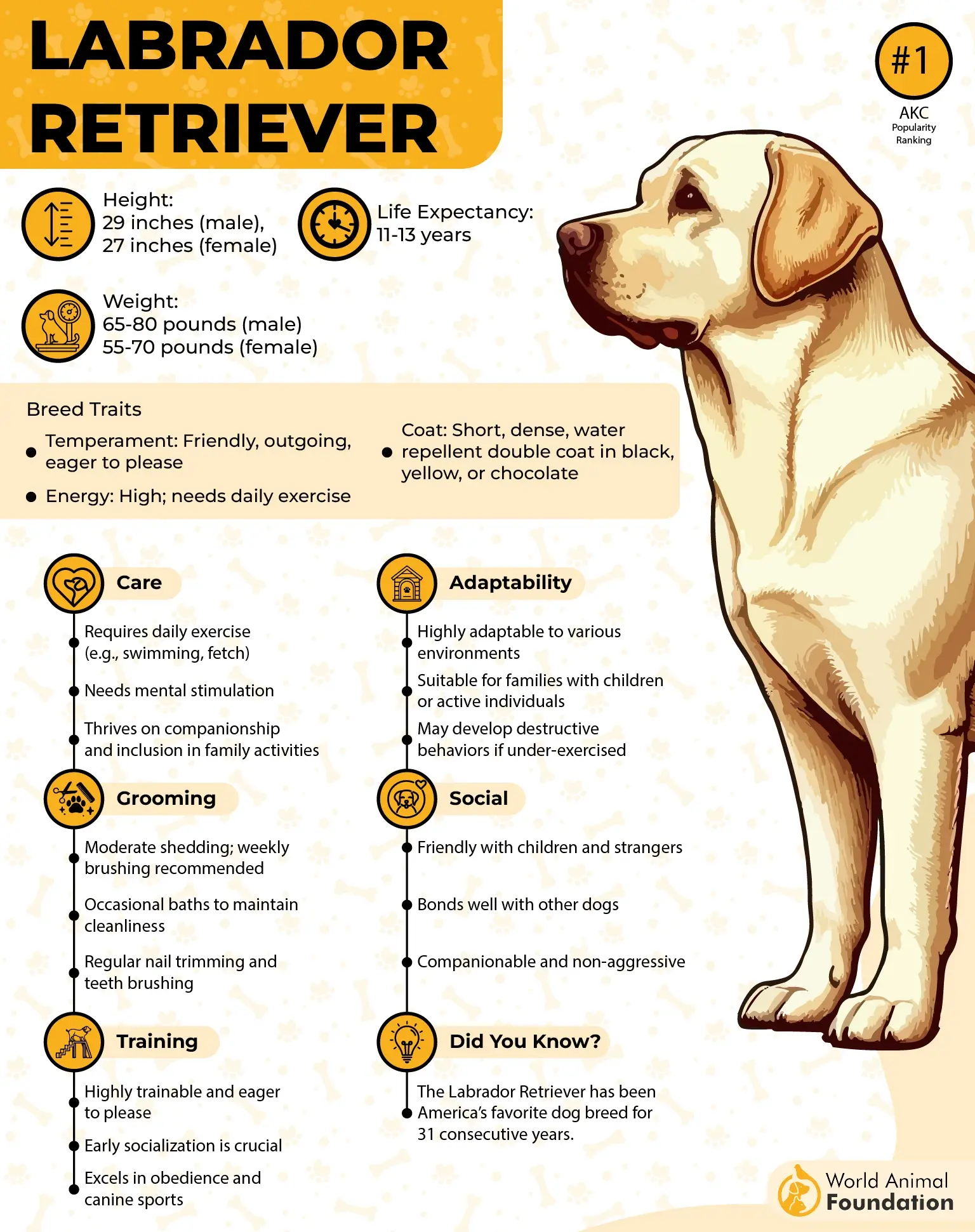
Routine Adaptability
They adapt quickly to household routines and are usually in sync with meal times, naps, and play schedules. This quality supports families looking for dogs that mesh naturally with parenting rhythms. Their presence can feel less like supervision and more like a steady companion.
Obedience and Boundary Respect
Labradors respond well to structure-based training and can learn household boundaries without physical barriers, as Petplan stated. They recognize zones like cribs or playpens where caution is required. Their role in child-friendly homes has contributed to their reputation among dog breeds for families.
3. Cavalier King Charles Spaniel

This breed is known to settle quickly in calm spaces, often resting near children during quiet play. Its preference for gentle surroundings makes it a low-risk presence in family routines. The breed’s ability to stay composed in active households contributes to its popularity.
Tendency to Follow and Observe
Cavaliers often follow children from room to room without crowding them or demanding attention. This shadowing behavior comes from their background as lapdogs bred for companionship. It helps create a safe, watchful presence without becoming disruptive.
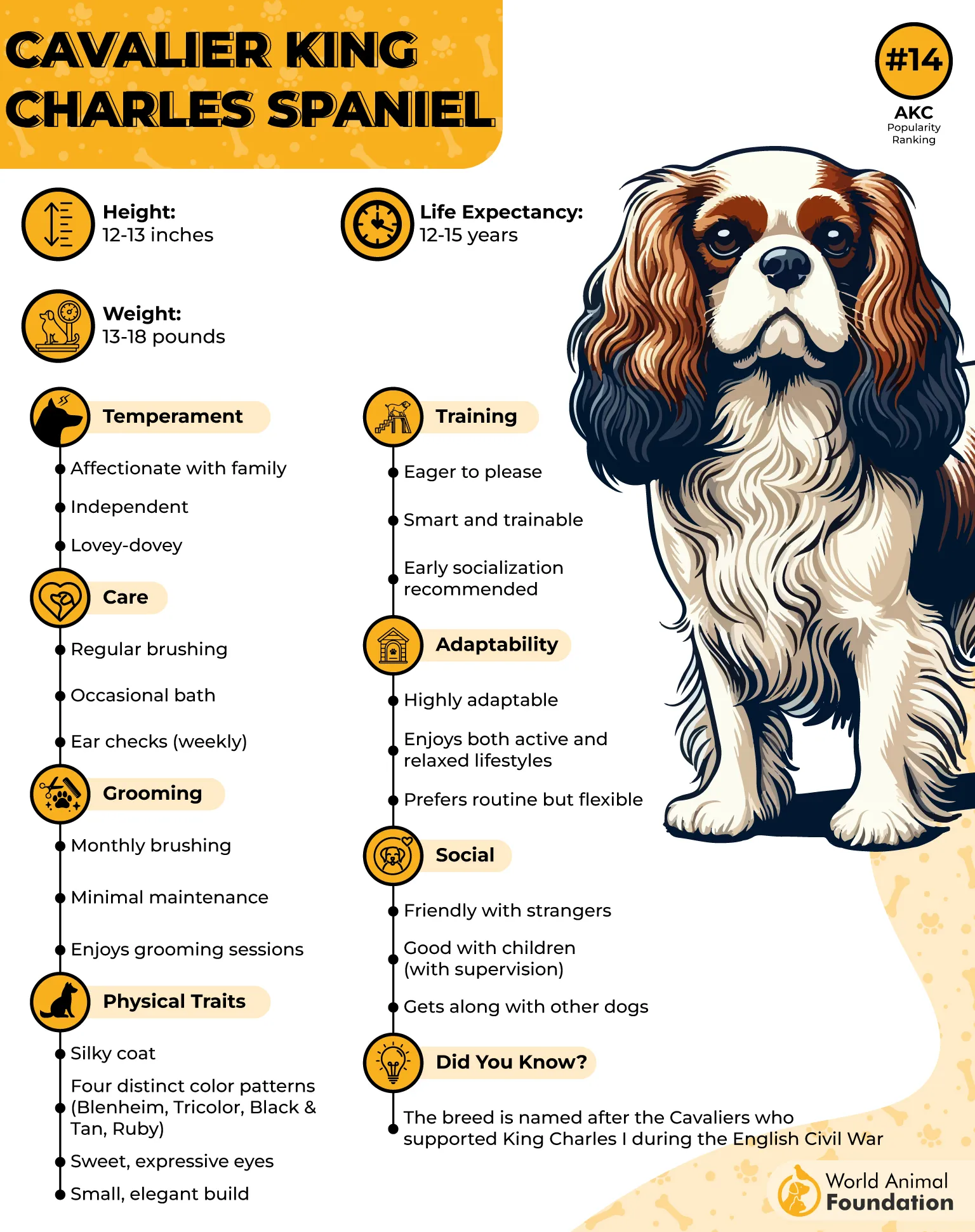
Adaptability in Small Spaces
Among small dog breeds, the Cavalier adjusts well to indoor living while still offering emotional engagement. Whether in a house or apartment, they maintain calm behavior that fits a child-focused schedule. This adaptability makes them ideal for families in urban settings.
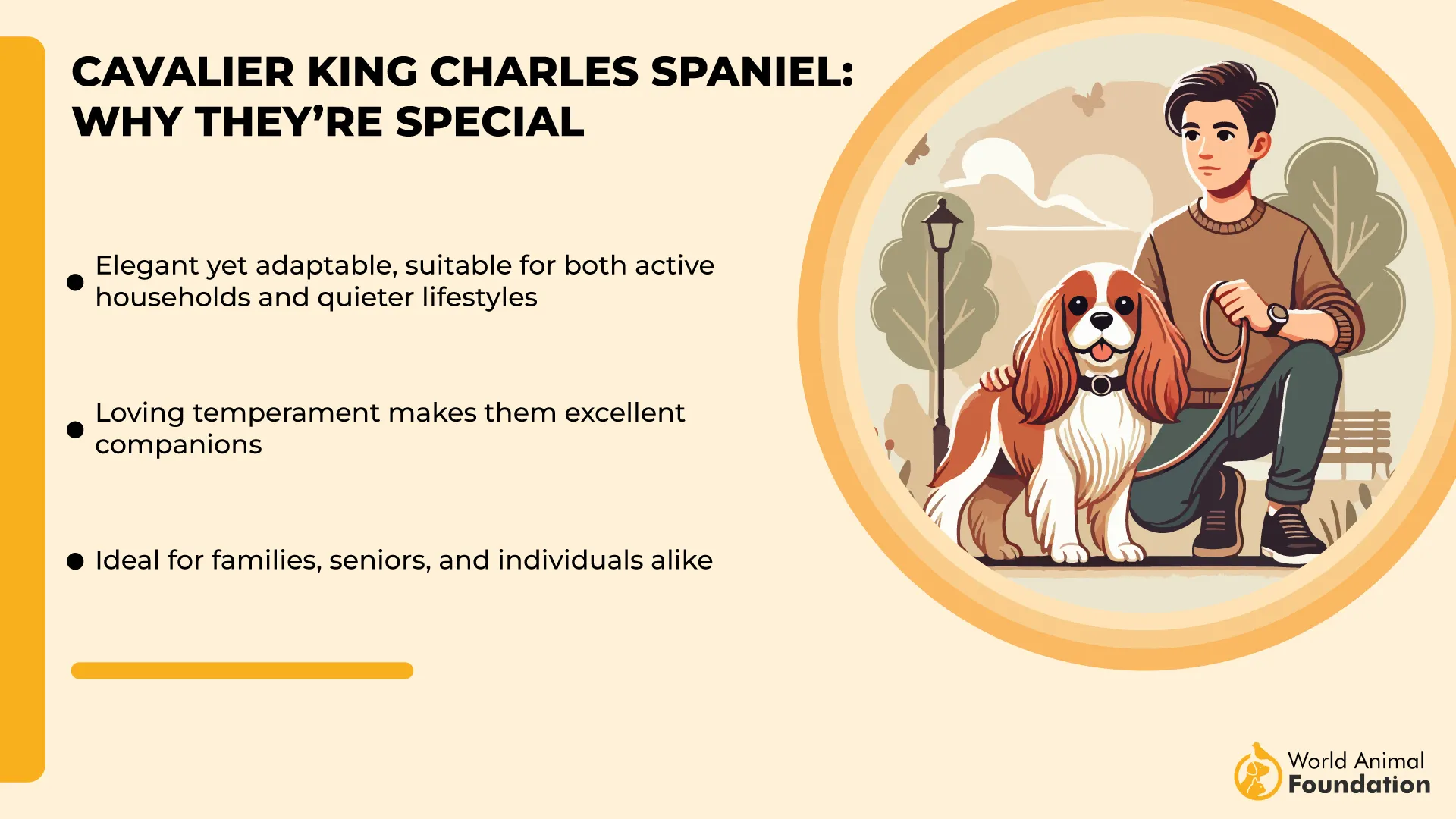
Comfort with Routine Touch
Children often express affection physically, and this breed tolerates gentle handling exceptionally well. It is less likely to react negatively to casual touches or being held briefly. This trait is especially valuable when teaching children respectful pet interaction.
4. Newfoundland

Newfoundlands tend to shadow children without being intrusive, staying nearby during outdoor play or indoor rest, as per Orvis. They often place themselves between the child and open space as a natural barrier. This placement instinct supports their longstanding reputation for reliability with young kids.
Strength with Patience
Their physical strength is paired with remarkable emotional restraint, making them dependable during chaotic or loud moments. Even sudden movements or noise don’t easily unsettle them. These traits create the kind of temperament that fits into structured family life.
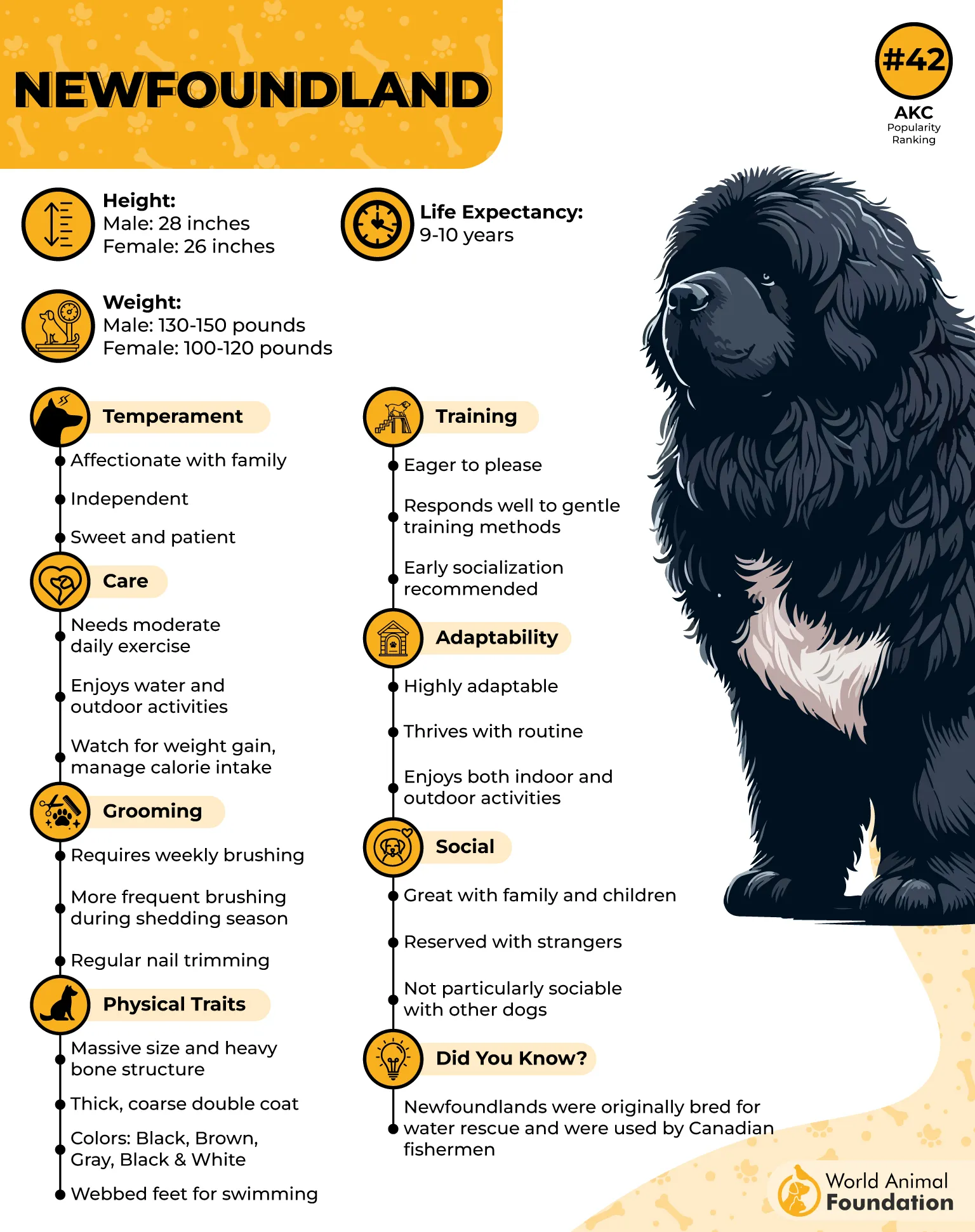
Gentle Nature in Crowded Settings
Despite their large build, Newfoundlands move slowly in tight areas, adjusting to the space around toys or children. This care in motion reduces the risk of unintentional bumps or knocks. Families often note how these dogs naturally adapt to the energy levels inside a home.
Reliability in Shared Spaces
Routine environments like school mornings or weekend noise don’t overwhelm the breed. They observe before acting and tend to respond calmly to varied human behavior. Their ability to remain consistent is why they’re seen as a good family dog and among the best dog breed options for homes with children.
5. Beagle
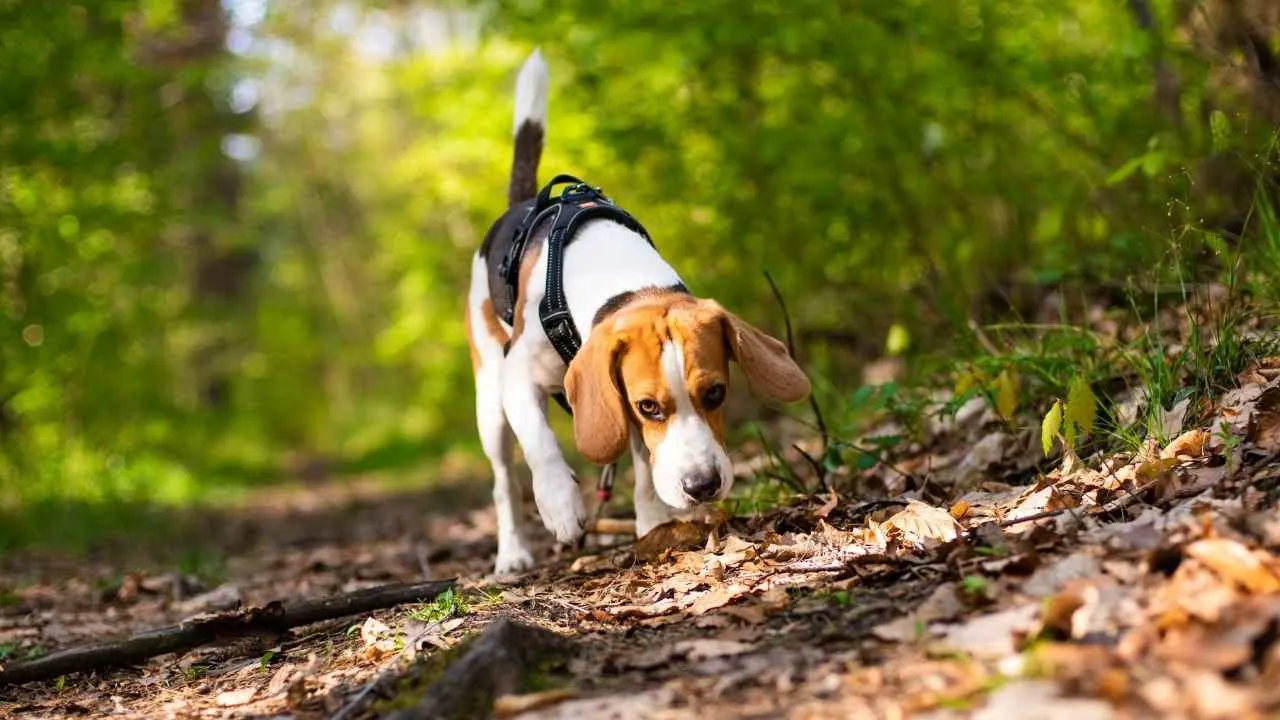
Beagles often gravitate toward active and curious energy, which aligns with how young children explore their surroundings. They’re known to follow kids closely, engaging with play that stimulates both scent and sound. This makes them a good match in households with busy daily routines.
Patience With Tactile Contact
Children don’t always have soft hands, and this breed tolerates hugs, ear tugs, and unexpected touches better than many others. Their response tends to be passive rather than startled. This tolerance builds safer, more comfortable interactions during early bonding stages.
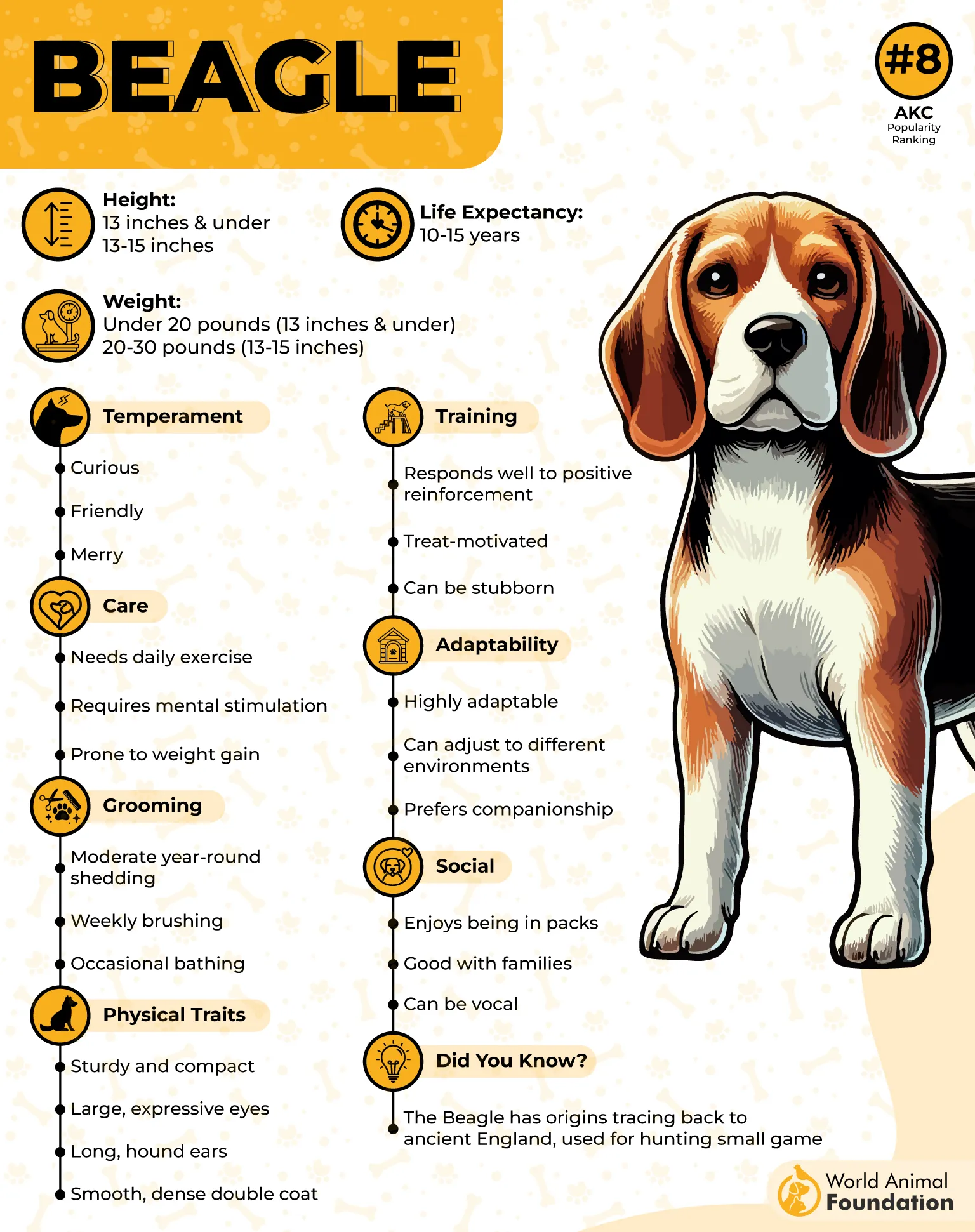
Motivation Through Routine
This small dog breed thrives on daily rhythm and positive reinforcement, helping kids become more involved in pet care. Feeding, walking, and training routines are opportunities where Beagles respond eagerly. Their enthusiasm reinforces responsibility without resistance.
Loyal But Light-Hearted
Beagles are social by nature, often forming close bonds while maintaining a playful streak throughout the day. Their gentle, non-dominant presence makes them well-suited as a canine companion for young families. This balance is why they’re counted among fun-loving family dogs.
6. Bulldog
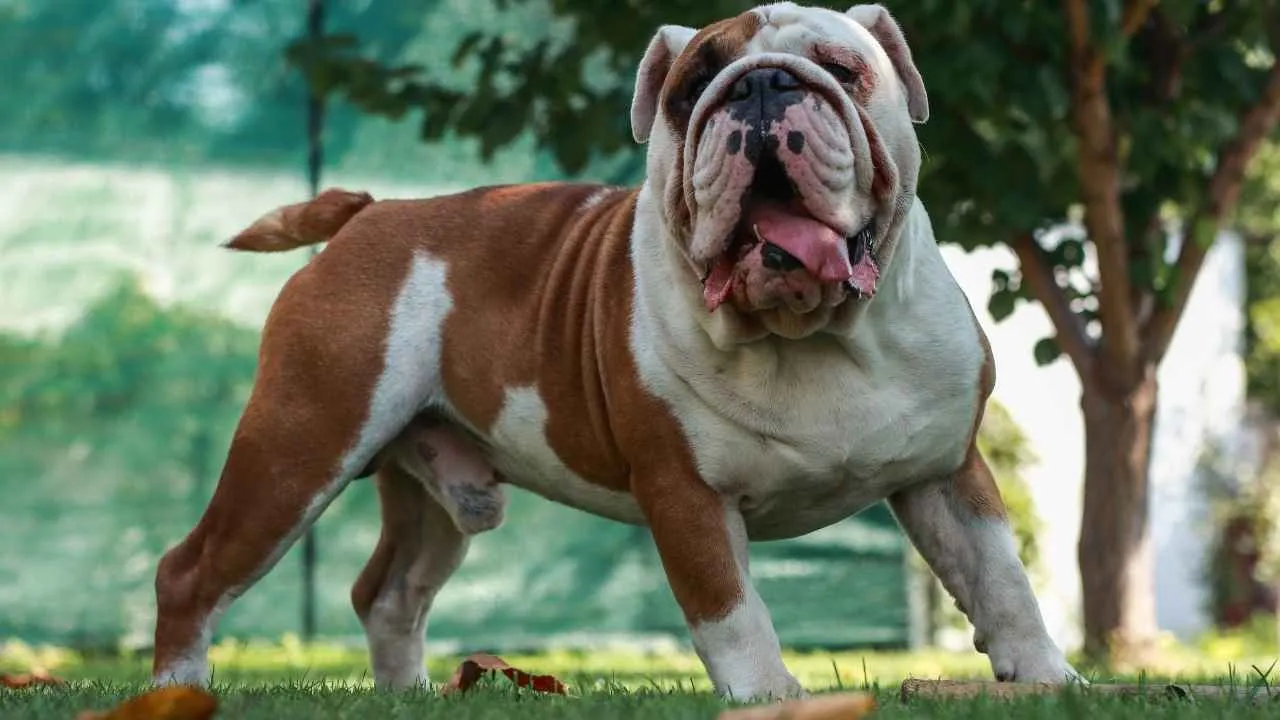
Bulldogs are naturally low-energy, which means they rarely startle or overwhelm small children indoors. Their steady pace and grounded movements help toddlers feel secure around them. This calmness becomes especially useful in quieter homes where overstimulation is a concern.
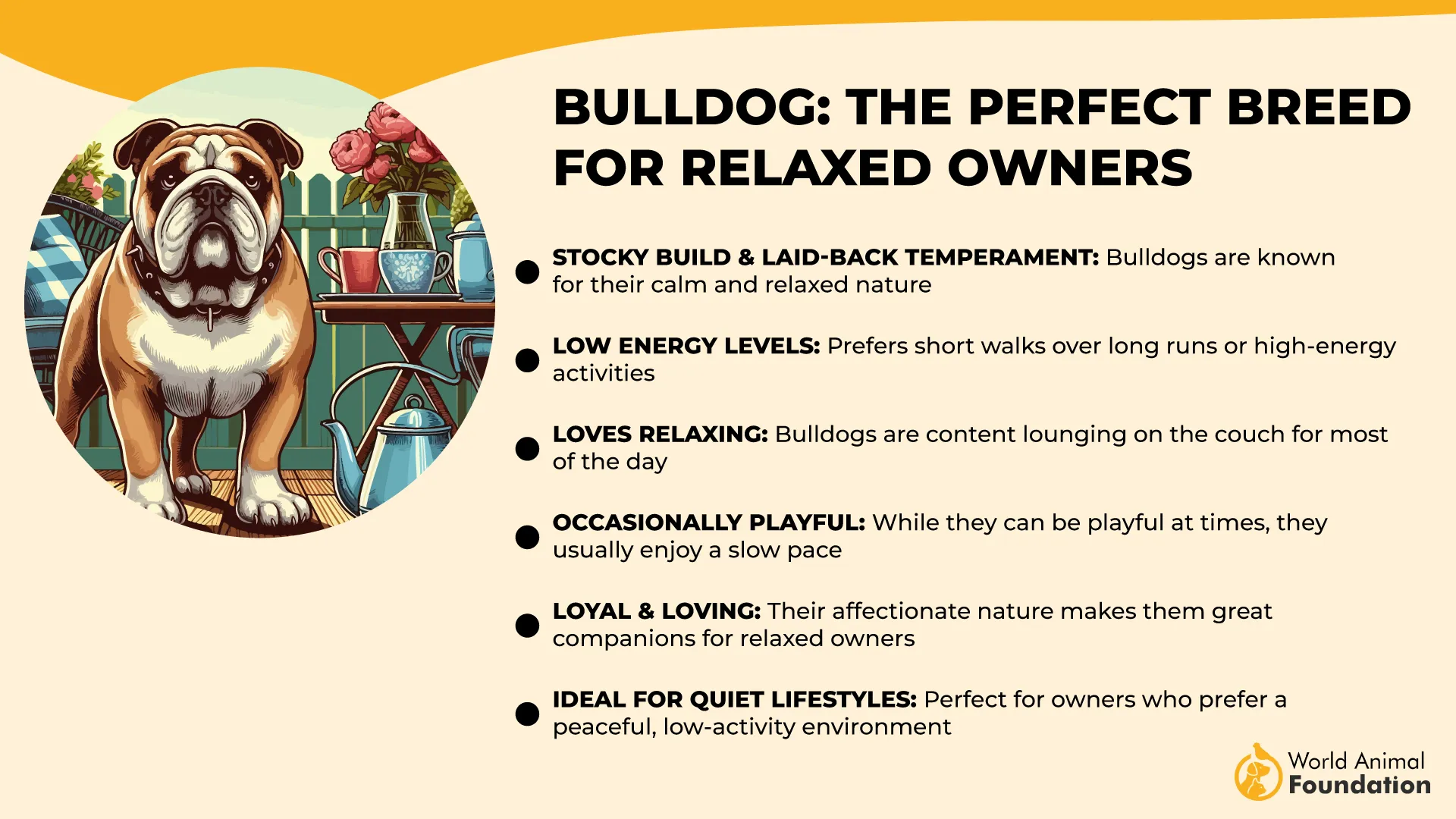
Protective Without Overreacting
They are known to monitor the environment, especially when children are present, without responding to every small disturbance. Bulldogs rarely overreact, allowing them to assess unfamiliar situations with patience. This stable nature helps them coexist with various family members.
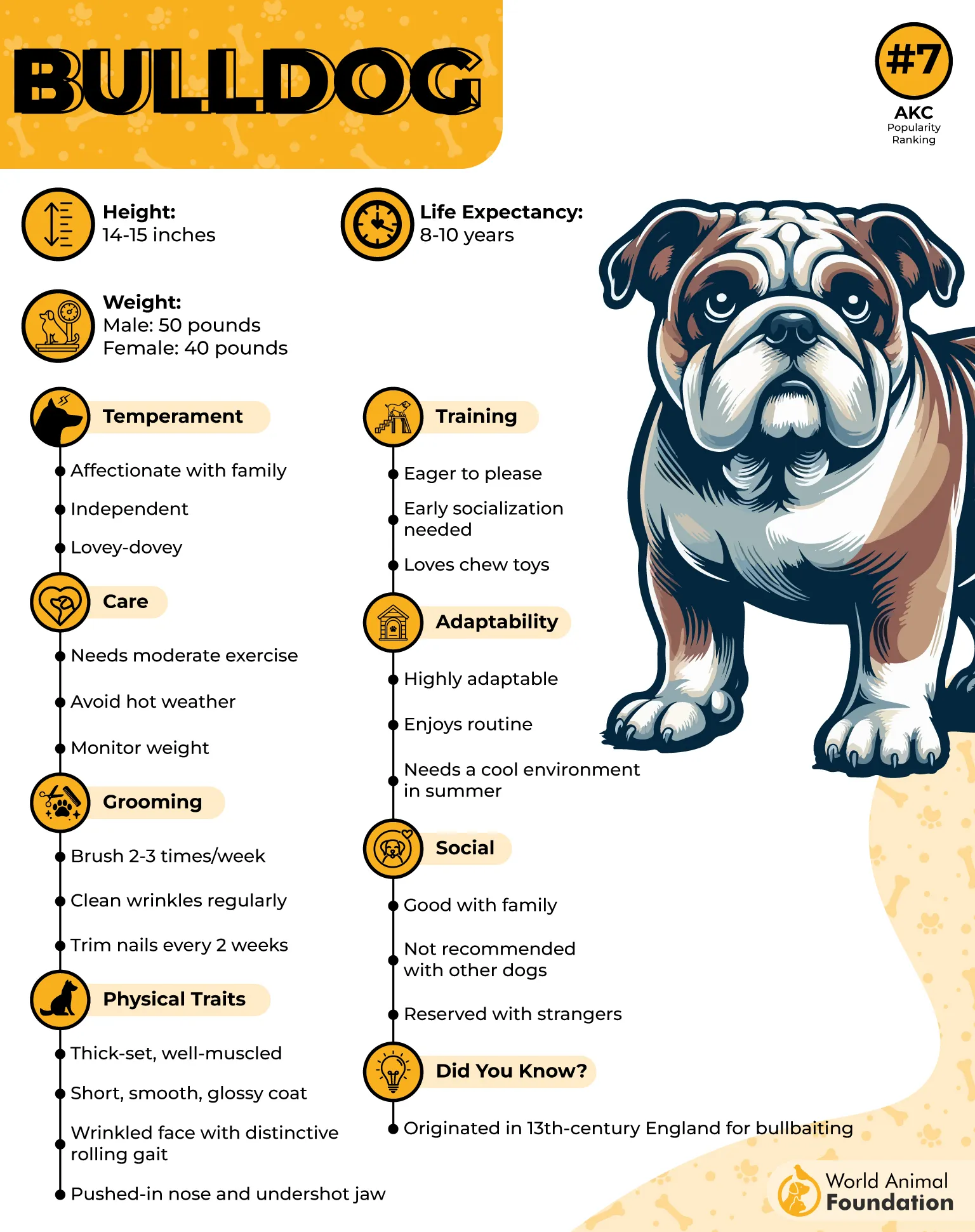
Well-Tolerated Handling
Children often pet, tug, or lean on dogs without meaning harm, and Bulldogs tend to tolerate this with minimal frustration. Their stocky build and tolerant personality help prevent tension during casual contact. This trait contributes to their reputation as a naturally affectionate dog.
Gets Along With the Household
The breed is usually accepting of other pets and fits comfortably into multi-animal households. Their low prey drive and relaxed demeanor reduce the risk of conflict indoors. That balance helps establish harmony among children, adults, and other pets sharing the same space.
7. Collie
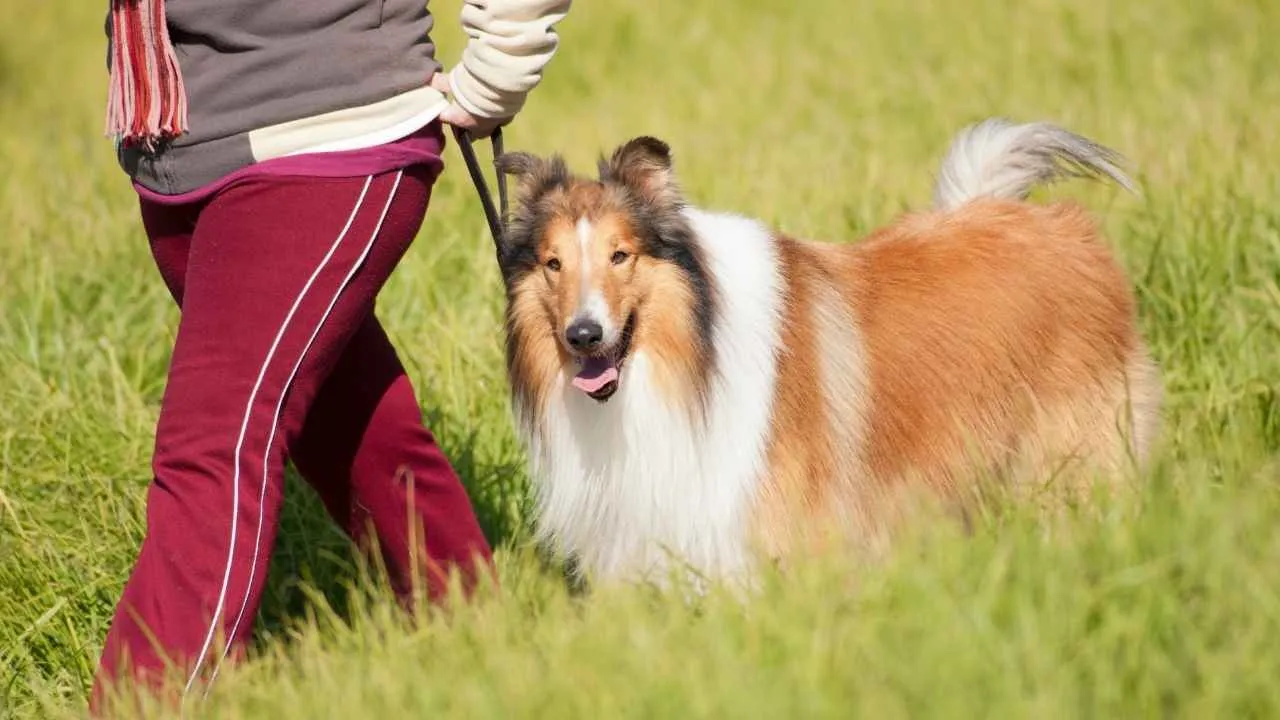
Collies have a natural guarding instinct that’s expressed through calm body positioning and constant visual tracking of children. Their non-reactive nature allows them to gently intervene if a child is too close to a stairwell or an unfamiliar animal. This balance of awareness and restraint makes them quietly dependable.
Voice Sensitivity
They are known to respond to subtle vocal tones, often adjusting their behavior without needing commands. When children raise their voices out of fear or distress, Collies tend to position themselves nearby. This quick, silent attentiveness can offer an added layer of comfort in busy homes.
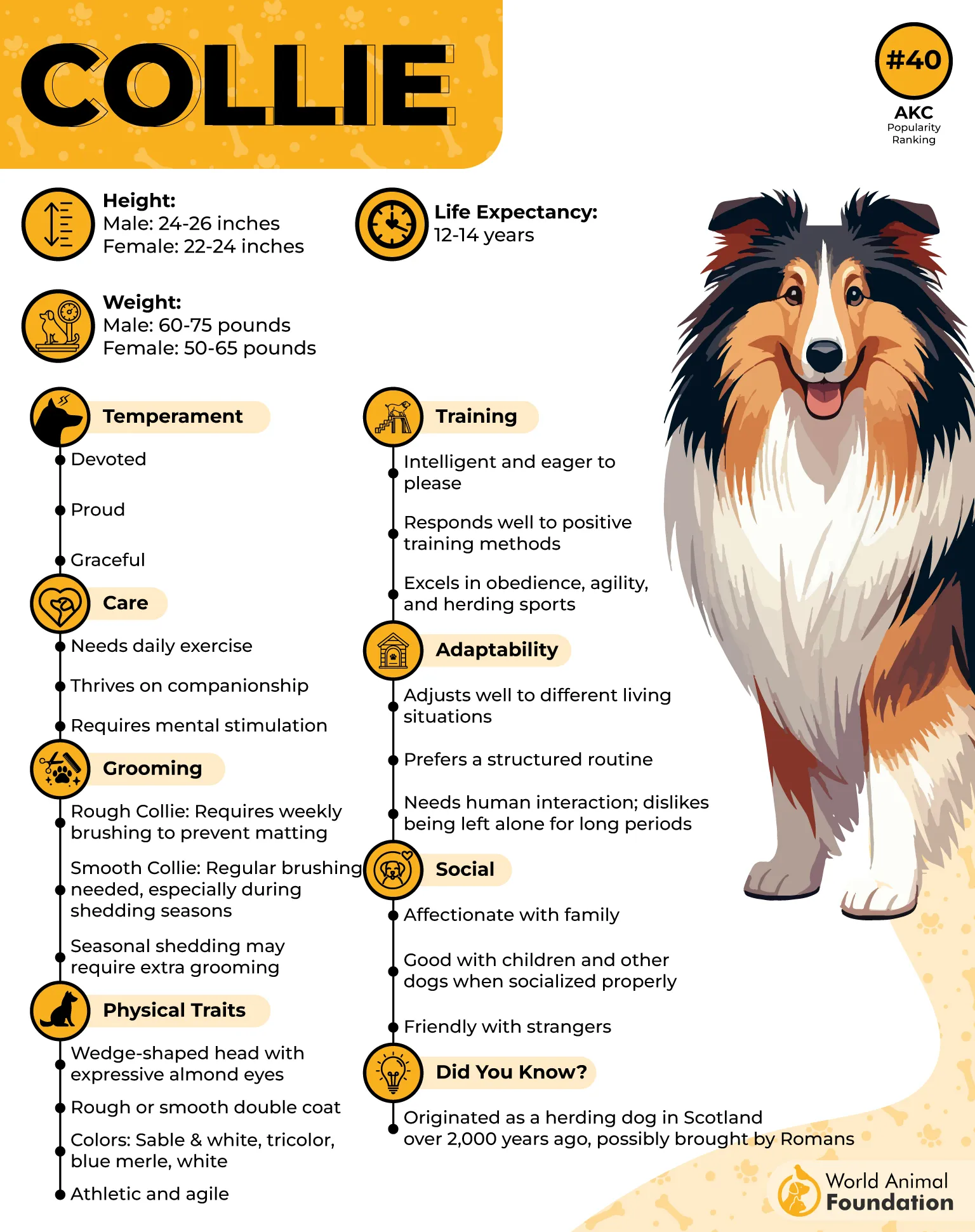
Politeness With Small Children
The breed is patient during playtime and shows a notable softness when approached by toddlers. Even when living with other dogs in the same space, the Collie remains composed and avoids escalating conflict. Its even temperament makes interactions with young kids smoother and more predictable.
Easy Communication With Owners
Collies rely heavily on eye contact and body movement to understand household routines. This helps pet parents guide them without strict training or repeated corrections. Their understanding of household dynamics often allows them to stay in sync with both children and adults.
8. Bernese Mountain Dog
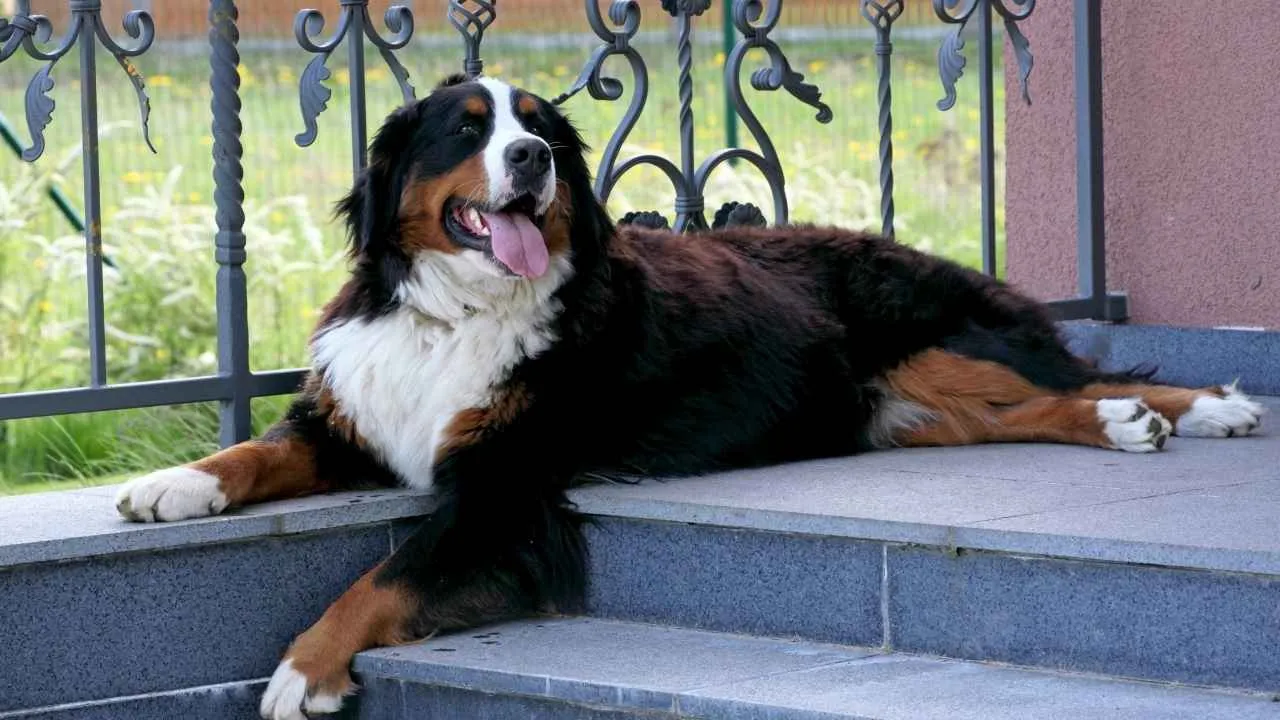
Their quiet presence around children reflects a strong awareness of surroundings without needing constant correction. This breed does not rush into situations, making it easier to predict how they’ll behave during indoor activity. That steadiness is especially useful in homes with younger kids.
Built for Gentle Interaction
Bernese Mountain Dogs have a large, solid frame, but carry themselves with caution when moving near children. Their joints are strong, but their movements are measured, reducing the chance of knocking over smaller kids during play. They are physically able to stay calm in lively settings.
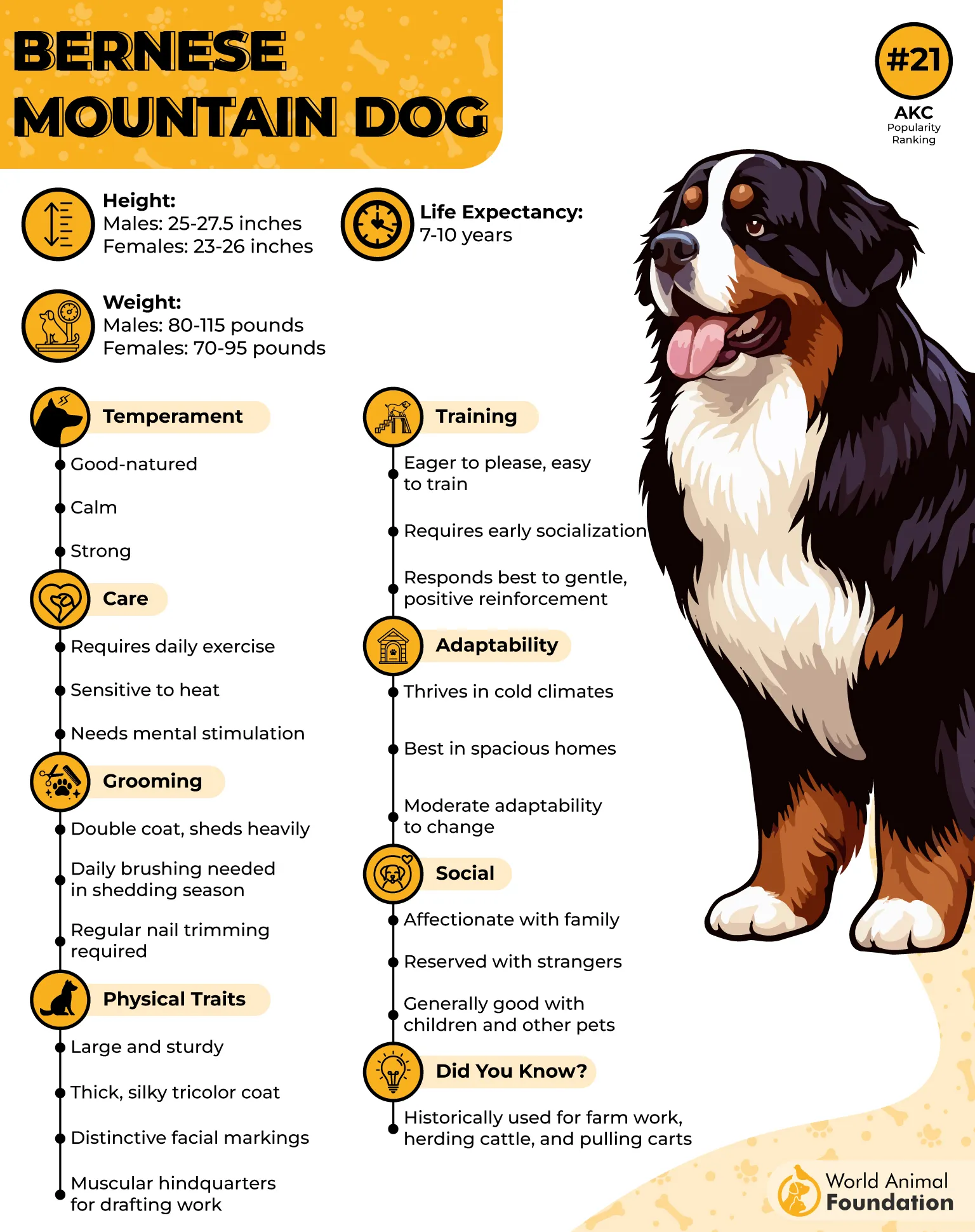
Emotional Dependability
These dogs tend to shadow family members indoors, often settling near wherever the group gathers. Their loyalty often creates a calming presence, especially for children who seek quiet companionship. They respond well to soft tones and adjust their pace around quieter kids.
Receptive to Boundaries
They handle basic training well and respond clearly to boundary setting, which is essential around children. With consistent routines, they understand when to stay back or when it’s safe to approach during play. That understanding supports safer interaction across different ages.
9. Pug

Pugs are naturally compact with low-impact energy, making them well-suited for play with younger children, as the AKC describes. They rarely knock things over or jump suddenly when excited. Their solid structure and calm movements help reduce unintentional bumps or rough contact.
Affection That Feels Personal
These dogs often seek close contact and stay within arm’s reach of familiar people, especially kids. Their preference for curling beside children during rest time builds quiet companionship. This physical closeness tends to comfort children without overwhelming them.
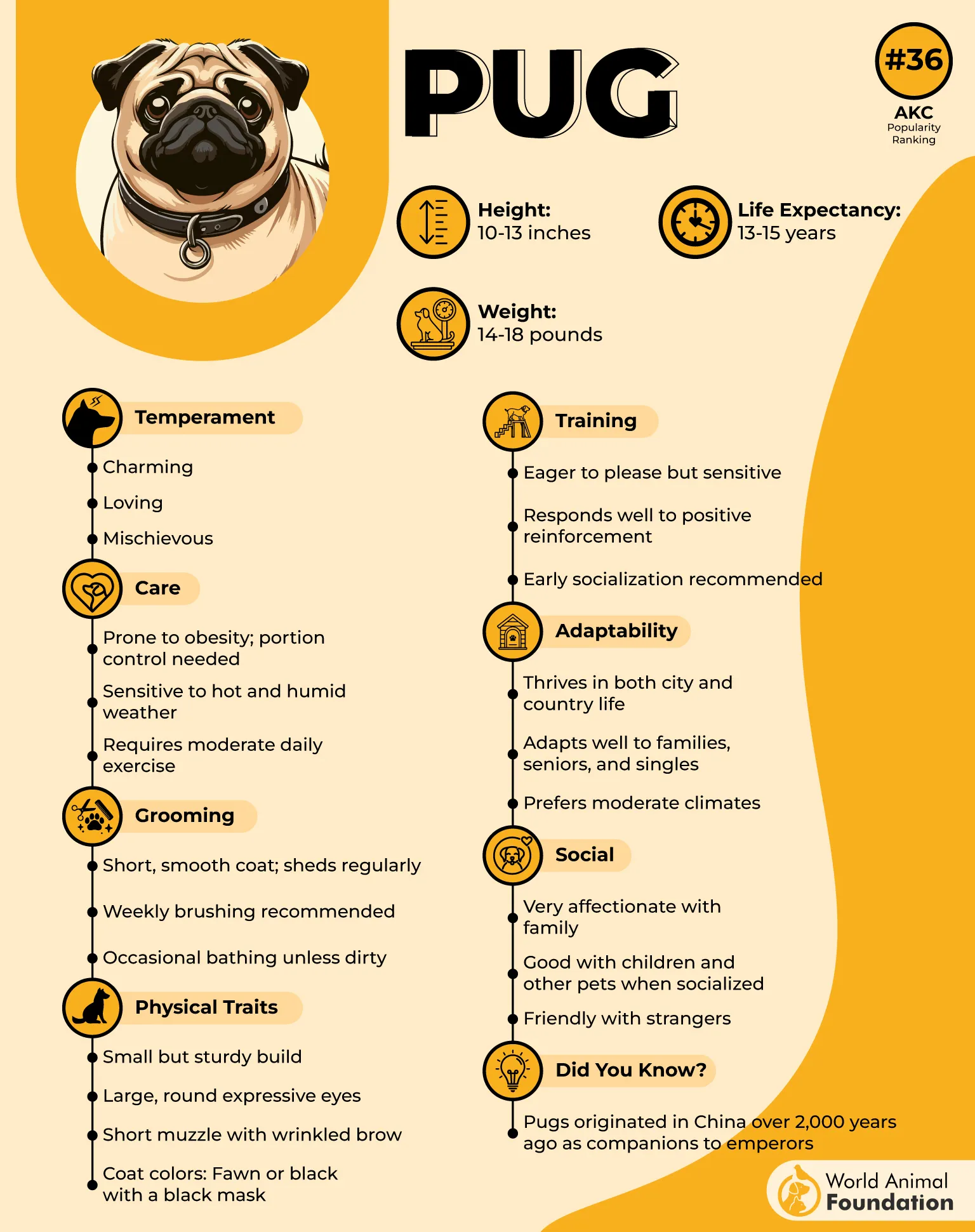
Emotional Syncing
Pugs are known to mirror the emotional tone of their environment, reacting softly to sadness or excitement. They often pause when they sense distress and remain still until the mood lifts. This responsiveness helps kids feel emotionally seen in subtle but important ways.
Low Reactivity Indoors
They typically stay relaxed in busy households, reacting less to sudden noise or movement. This makes them easier to manage in homes with young children, learning boundaries. Their low prey drive also reduces the risk of unpredictable chasing behavior indoors.
Conclusion
Families often look for more than playfulness when choosing the right companion. The dogs listed here offer a mix of patience, protection, and genuine companionship that makes them excellent family dogs.
From the calm nature of a charming small dog breed to the watchful presence of a larger guardian, each brings a steady comfort to daily life. Some fit naturally into apartment living, while others need more space, but all can form deep bonds with children.
Adding a new dog is not just about finding the best family dog, but about welcoming a family member whose presence shapes a safer, warmer home.


